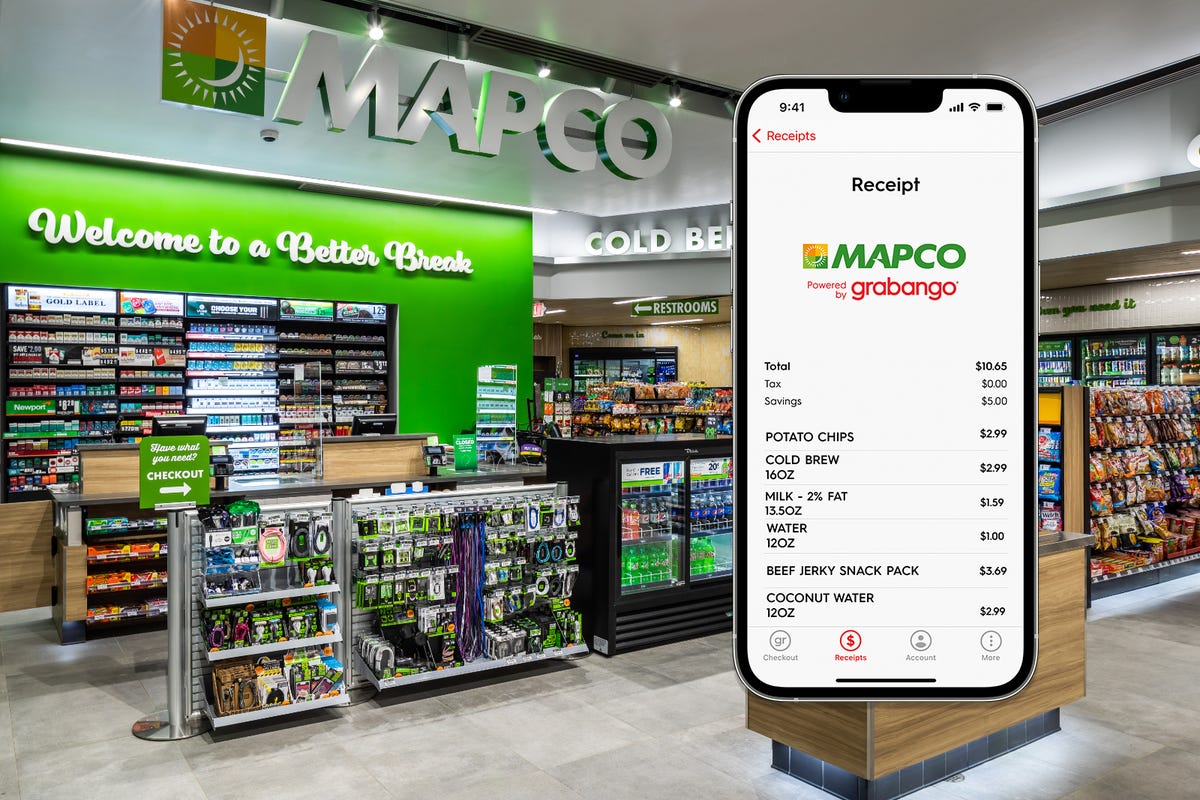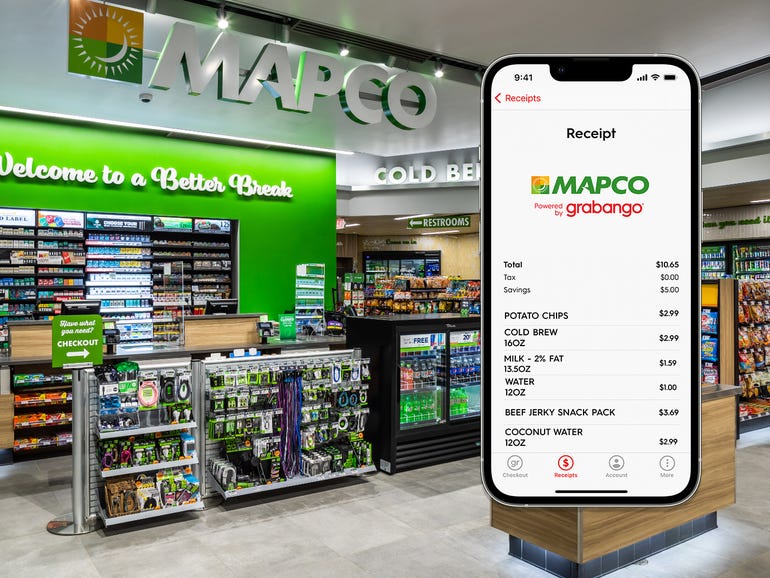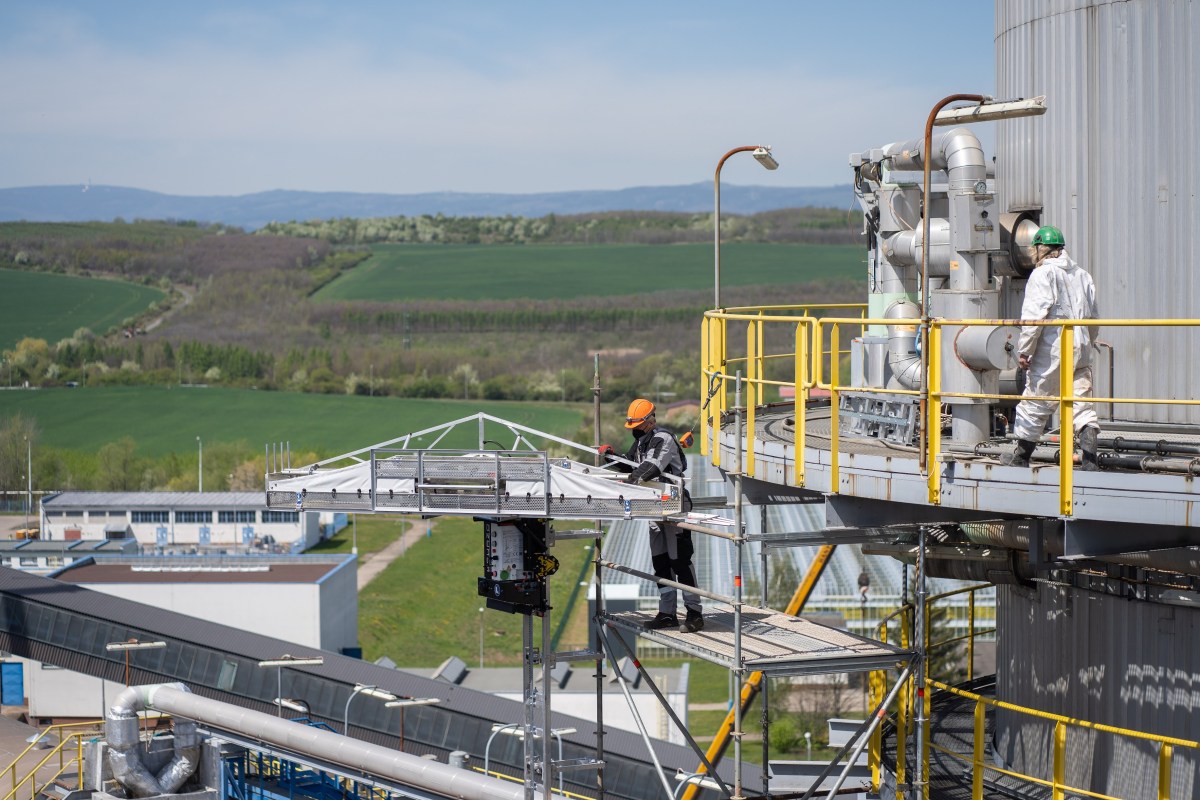Building an AI flywheel: Grabango’s checkout-free tech rolls out in Tennessee

Grabango
Five years after launching its first proof-of-concept, the checkout-free technology startup Grabango is rolling out into its fifth metro region, the company said Tuesday.
Its latest partnership is with MAPCO, the convenience store chain with nearly 340 stores throughout the Southeastern region. For now, MAPCO plans to implement checkout-free services in two Tennessee stores by this fall. The rollout will mark the first time Nashville shoppers get access to checkout-free tech — a shopping innovation largely associated with Amazon’s cashierless stores.
Also: After COVID-19, what happens to the grocery industry?
Grabango has contracts in five metro markets, including publicly-announced contracts spanning four markets: Pittsburgh, PA; the SF Bay Area, CA; Tucson, AZ; and now Nashville. While Grabango’s many competitors include Amazon, the company says it expects to finish the year with more stores installed than all other market players combined.
Thanks to real-world learnings and improvements to its AI, Grabango is gaining real momentum, founder and CEO Will Glaser said to ZDNet.
“We moved from a thing in the lab, to a thing in the real world, to multi-store deployments,” Glaser said. “I think 2022 is the year that checkout free gets big.”
Grabango’s first live installment, back in 2017, was a bespoke proof-of-concept that took a full year to implement. Now, the company has four multi-store deals, all being installed at the same time.
“The system is designed to be scalable — installed quickly, smoothly and then to operate broadly and efficiently,” Glaser said. “All that didn’t happen by accident. We’ve been working hard to get to this point.”
To be sure, the Grabango team made some corrections along the way. Initially, the company’s team of engineers would install systems themselves. Now, they hire contractors with expertise in these kinds of installations.
Meanwhile, the company has adapted its computer vision algorithms to real-world scenarios it has come across.
Being a California-based company, “it never occurred to us that people would change their clothes in a store,” Glaser said, giving an example. “Then, when we launched in an East Coast winter, we learned pretty much everyone does. Pretty much everybody walks in with a hat and a jacket [they remove]. Our system couldn’t handle that back in 2017.”
These advancements and iterations have enabled their more efficient store rollouts, which in turn is providing Grabango with more real-world data to learn from.
“We’re at a scale now where that AI flywheel is running really nicely,” Glaser said.




